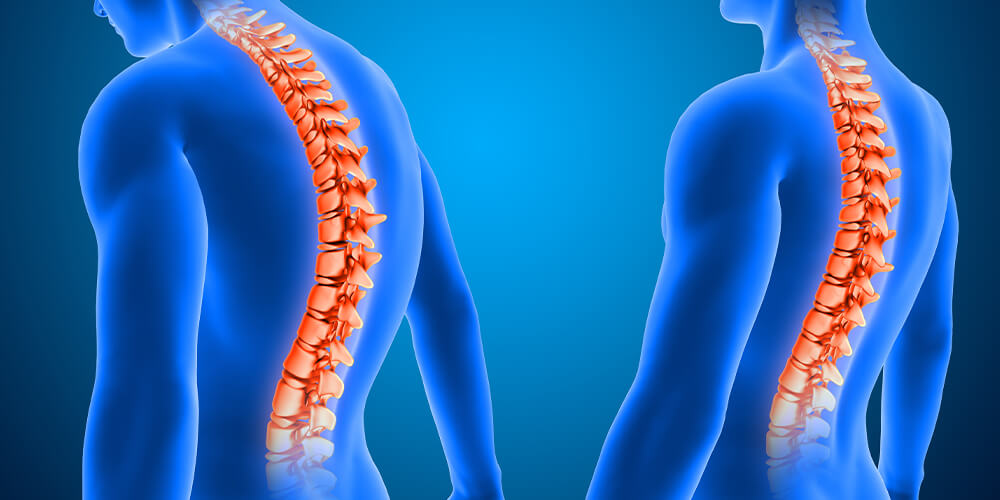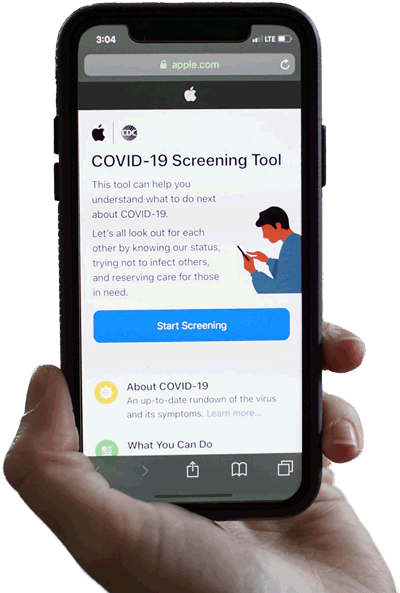When viewed from the back, the normal anatomy of the human spine should be in the form of a completely straight line, when viewed from the side, there should be a slight depression in the waist and neck region, that is, lordosis, and a slight hump in the back region. Scoliosis is the name given to the curvature of the spine that is more than 10% to the right or to the left. It can be defined as a 3-dimensional spinal deformity that causes the spine to take an "S" or "C" shape, due to idiopathic, congenital or neuromuscular causes of the spine, which usually occurs in the growing age, due to the deterioration of the anatomical structure of the spine and the rotation of the vertebrae to the right, left and sometimes around itself.
Depending on the degree of scoliosis (curvature of the spine), it causes many secondary discomforts due to the pressure on the internal organs in addition to the aesthetic posture and appearance disorder in the patient. Depending on the degree of scoliosis, if it is not treated, it is a disease that can seriously affect the life of the patient. Each patient's scoliosis disease has different characteristics from the other, and the follow-up and treatment are also personalized.
Scoliosis (Spine Curvature) Symptoms?
In the initial stages of scoliosis, there may be no symptoms. It does not cause serious complaints in the early stages, so if the family is not noticed in the early stages, the diagnosis is delayed or cannot be diagnosed. Most patients' scoliosis is noticed on X-rays taken for different reasons during adolescence or as a result of school scans. The most easily noticed symptom is the difference in the patient's shoulder heights. Protrusions in the shoulder blades, inequalities in breast levels, asymmetry disorders in body appearance facilitate diagnosis. While pain and visual disturbances occur in scoliosis up to 40 degrees, respiratory functions may be distressed at 50 degrees and above. The natural course of scoliosis can always be different. In some patients, the disease continues in a progressive course, in some patients it remains at the same level for many years, and in some patients, the disease rarely regresses in terms of improvement. Scoliosis is followed every 6 months.
Causes of Scoliosis (Spine Curvature)?
The cause of the curvature in 80% of scoliosis patients is currently unknown. When we look at the anatomical problems that can cause scoliosis; Congenital anomalies, muscle and nerve diseases (Muscle disease, cerebral palsy, syringomyelia, polio), trauma, infections affecting the spine, tumors in the spine, leg length inequalities, posture disorders are known causes of scoliosis. It is common in adolescent children, and the rate in girls is about 8 times higher than in boys. The most common age is between 9 and 14 years.
Scoliosis (Spine Curvature) Diagnosis?
By looking at the bare spine of the patient with suspected scoliosis from behind, asymmetry differences in the spine line and swelling on the back when bent can be easily seen. For the definitive diagnosis and diagnosis of scoliosis, standing x-rays covering the spine, spine MRIs and orthopedic examination are sufficient.




Send A Comment